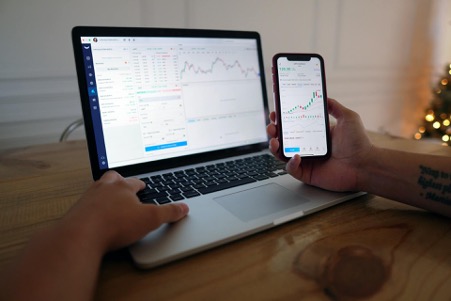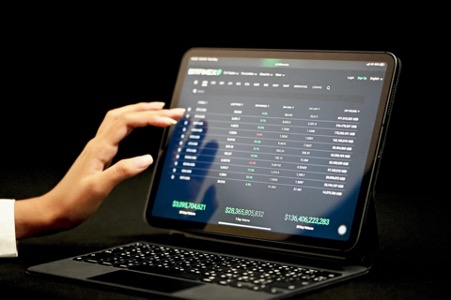The forex market is the biggest financial market in the world. With an average of over $6 trillion in daily trades, it’s one of the most popular choices for day traders and other short-term investors.
If you want to trade foreign exchange as a day trader, there are several important concepts and strategies that will aid you in achieving your goal. If you don’t know what day trading is, we’ve got that covered as well. Read on to find out everything you need to know about becoming a successful forex day trader.
What is forex day trading?
Essentially, day trading encompasses any trade that happens over the period of a single day’s trading. However, seeing as the forex market is open 24 hours a day, from Monday to Friday, a forex day trader can open and close positions whenever it suits them.
Day trading consists of short-term strategies that focus on small but frequent profits. Significant gains are made over an extended period of time. If you plan on trading large volumes instead of small ones, you’re better off using intraday trading strategies.
Intraday trading is similar to day trading, the only difference being the volume of trade. Once you’ve decided which type of trading suits you, the next step is to become familiar with the tools of the business. Trades happen in a matter of hours or even minutes, so you’ll need every bit of information you can get your hands on.
Tools that help with trading allow you to access data that informs your decisions. There’s a wealth of tools available nowadays, from analytics software to live news feeds. You have all the raw data available to you at any time, but you’ll still need to study a few key concepts before you get started.
Whether it’s spots, swaps, futures, or options, you need to know what you’re getting into before you dive in. If you’re willing to put in the time and effort to learn about the ins and outs of trading, there’s nothing stopping you from becoming a proficient trader.

How to get started
There are three things you need to start trading: mastery of fundamental analysis, familiarity with your preferred set of technical tools, and, last but not least, enough capital to pursue the trades you want.
With all of your preparatory legwork out of the way, you can focus on making optimum gains and building up your investment portfolio. One of the main things to keep in mind is that trades can always surprise you; there are no guarantees of profit, so you have to be prepared and willing to take on the associated risk.
With experience comes better risk management, but the benefit of day trading is that you don’t hold any long positions. By maintaining strict control of your finances, you can start making a small but steady profit as early as your first day of trade.
Aside from the prerequisites we mentioned earlier, your only other concern is that you have to have a reliable online connection. The last thing you want is to lose access to trade charts while you have an open trade. Other than that, your main focus should be building experience.
Veteran traders have experience on their side, and the years of speculation hone their instincts and increase their odds of success. One of the lessons they repeat the most is that you have to be willing to lose if you want to win. That being said, there are several strategies you can use to counter the risks of depletion.

Best strategies for beginners
The easiest strategy you can employ is simply to follow the trends of the market. As long as you target a currency pair that rises and falls according to market expectations, short-term gains can be predicted with reasonably reliable consistency.
Scalping is another popular strategy. Basically, it involves making multiple trades throughout the day. This allows you to gain maximum profit from any given day, but you need to have the right stops and limits in place for it to work.
If you’re feeling adventurous and want to entertain a little risk, fading has the potential to provide some truly impressive short-term gains. These trades take advantage of major economic events by attempting to benefit from trend reversal, but it’s worth repeating that the risk involved is a lot higher than other strategies.
Momentum trading offers the middle ground in terms of risk and likelihood of return. This strategy combines the reliability of trend-following with a thorough knowledge of global and regional events. Provided you understand how significant events can affect the flow of currencies, this is by far the best strategy for beginners to follow.






